Every time you fill a prescription for a generic drug, you’re caught in a hidden pricing game. You might pay $5 at the pharmacy, only to find out later that someone else paid $4 cash for the exact same pill. Or worse-you’re insured, yet you pay more than the person paying out of pocket. This isn’t a mistake. It’s how the system works.
Who Really Sets the Price of Generic Drugs?
It’s not your doctor. It’s not your pharmacist. And it’s definitely not you. The real power lies with Pharmacy Benefit Managers, or PBMs. These are the middlemen between your health insurer and your local pharmacy. Three companies-OptumRx, CVS Caremark, and Express Scripts-control about 80% of the market. They decide which generic drugs are covered, how much pharmacies get paid, and what you pay at the register.
PBMs don’t sell drugs. They don’t make them. But they negotiate contracts with drug manufacturers and pharmacies behind closed doors. These contracts determine the maximum allowable cost (MAC) for every generic drug on the market. That’s the cap pharmacies can be reimbursed for each pill. But here’s the twist: the MAC isn’t based on what the drug actually costs to make or buy. It’s based on outdated benchmarks like the Average Wholesale Price (AWP)-a number that hasn’t reflected real market prices in decades.
The Spread Pricing Trap
One of the most secretive practices in drug pricing is called spread pricing. Here’s how it works: Your insurer agrees to pay the PBM $45 for a generic blood pressure pill. The PBM tells your pharmacy they’ll reimburse them $12 for that same pill. The $33 difference? That’s the PBM’s profit. And you, the patient, have no idea it’s happening.
This isn’t theoretical. In 2024, Evaluate Pharma estimated that spread pricing generated $15.2 billion in hidden revenue-68% of it from generic drugs. These aren’t small margins. They’re massive. And they’re hidden from patients, pharmacists, and even many insurers. The PBM collects the money from the insurer, pays the pharmacy less, and pockets the rest. Meanwhile, you’re stuck with a copay based on the inflated $45 price, even though the drug only cost $12 to acquire.
Why Your Copay Is Higher Than Cash
It sounds impossible, but it happens all the time. A 2024 Consumer Reports survey found that 42% of insured adults had paid more for a generic drug through their insurance than they would have paid cash. One Reddit user in October 2024 reported paying $45 for a generic diabetes medication through insurance-while the cash price at the same pharmacy was $4.
Why does this happen? Because PBMs design formularies to maximize their own revenue, not yours. They set high copays on certain generics to drive patients toward drugs that offer bigger rebates from manufacturers. The higher the list price, the bigger the rebate. So even though a drug is cheap to produce, its list price is inflated to generate more rebate money for the PBM. And since your copay is often tied to that inflated list price, you end up paying more-even if the drug costs pennies.
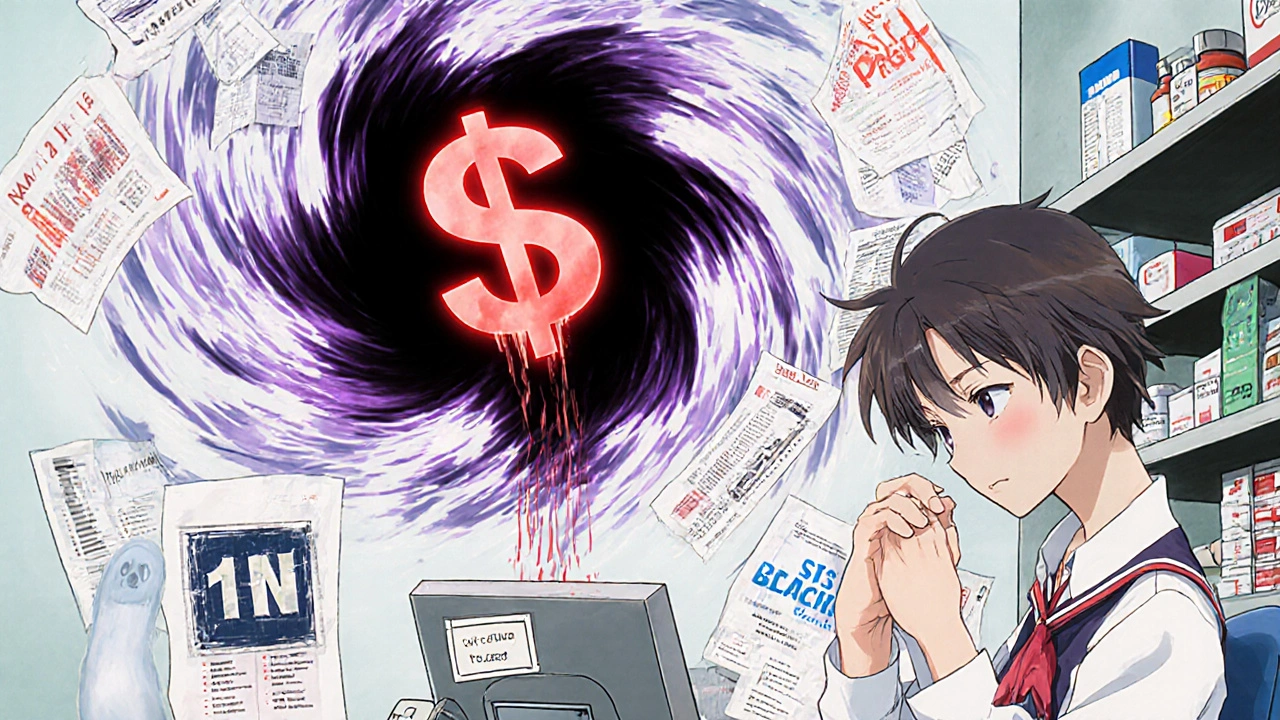
Pharmacists Are Caught in the Middle
Pharmacists know what’s going on. They see the cash prices. They see the PBM reimbursement rates. But for years, they’ve been legally barred from telling you. Gag clauses in PBM contracts made it illegal for pharmacists to inform customers that paying cash would be cheaper. Even though these clauses were technically banned under the No Surprises Act in 2020, enforcement is weak. Many pharmacists still fear retaliation-like being dropped from the PBM network-if they speak up.
Independent pharmacies are especially vulnerable. Between 2018 and 2023, over 11,300 independent pharmacies shut down, according to the National Community Pharmacists Association. Why? Because PBMs keep lowering reimbursement rates. Some pharmacies get paid less than the cost of the drug itself. To stay open, they rely on volume-and hope they get paid on other prescriptions. But when PBMs change their MAC lists without notice, or claw back payments after the fact, small pharmacies can’t survive.
Clawbacks and Constant Changes
Even after you’ve paid your copay and left the pharmacy, the PBM isn’t done. Many contracts include clawbacks-where the PBM goes back and takes money from the pharmacy after the claim has been processed. This often happens when the PBM later finds out the drug cost less than they originally reimbursed. The pharmacy gets hit with a negative balance. They have to pay back the difference. For a small pharmacy, that can mean losing hundreds or even thousands of dollars in a single week.
And it’s not just clawbacks. PBM contracts change constantly. Reimbursement formulas shift. MAC lists get updated without warning. Pharmacists report spending 200 to 300 hours a year just trying to decode what their PBM is doing. Many hire specialists just to manage the paperwork. The cost? $85,000 to $120,000 a year per person. That’s money that could go toward patient care-or staying in business.
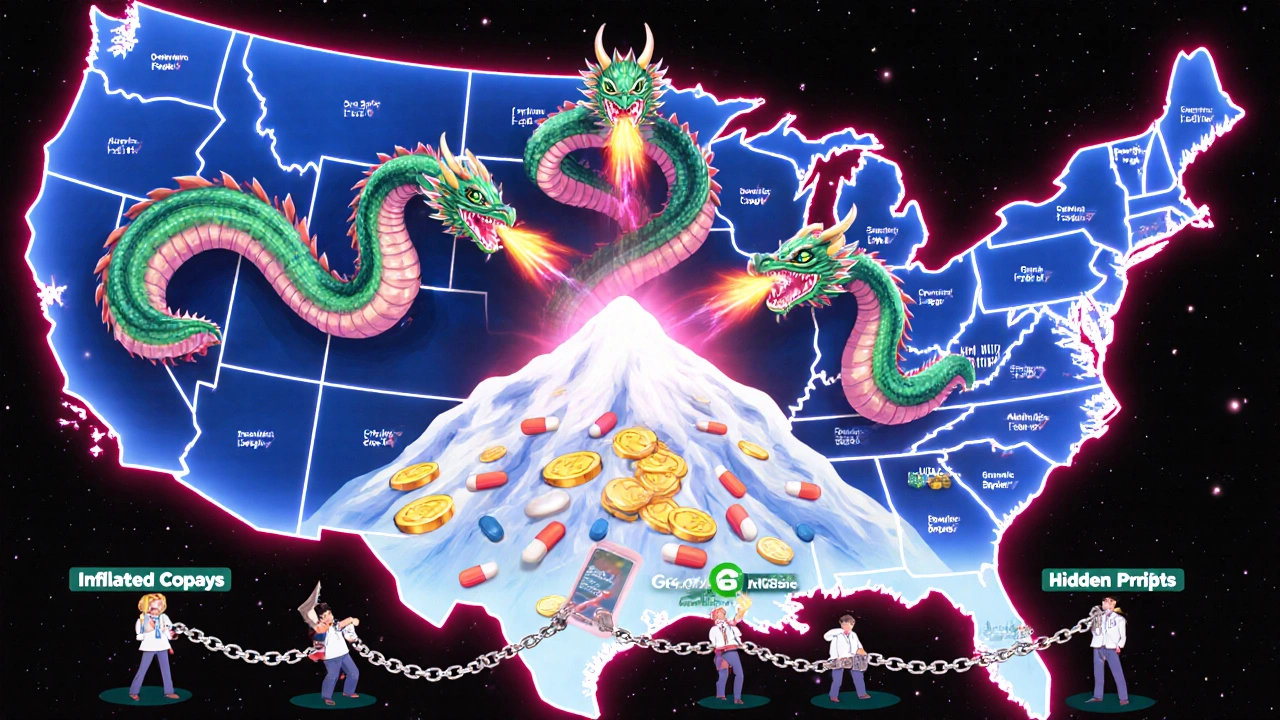
What’s Being Done About It?
Pressure is building. In September 2024, the Biden administration issued an executive order banning spread pricing in federal programs like Medicare and Medicaid. That change takes effect in January 2026. It won’t fix everything, but it’s a start.
Forty-two states have passed or are considering laws requiring PBMs to disclose their pricing practices. The Pharmacy Benefit Manager Transparency Act of 2025 (S.1278) would force PBMs to pass 100% of manufacturer rebates to insurers-cutting out the middleman’s hidden profit. And the Medicare Drug Price Negotiation Program, expanded in 2025 to include 20 drugs, could set a new standard for pricing that private insurers may eventually follow.
But experts warn: if manufacturers raise list prices to offset lost rebates, patients could still end up paying more. The system is designed so that higher list prices = bigger rebates = more profit for PBMs. Break that loop, and the whole structure could collapse-or evolve into something worse.
What Can You Do?
You don’t have to accept surprise bills. Before filling a prescription, ask your pharmacist: “What’s the cash price for this?” If it’s lower than your copay, pay cash. You’re not breaking any rules. You’re just using the system as it’s meant to be used.
Use tools like GoodRx, SingleCare, or RxSaver. These services show you the lowest price available at nearby pharmacies-often far below your insurance copay. You don’t need insurance to use them. And in many cases, they’re cheaper than your plan’s negotiated rate.
If you’re on Medicare, check the Medicare Plan Finder. It shows you exactly what each plan charges for your drugs. Don’t assume your current plan is the best. Prices change every year.
And if you’re an employer offering health benefits, ask your insurer: “Do you use PBMs? Do they use spread pricing? Can we get a contract that passes rebates directly to employees?” Transparency is the first step to change.
The Bigger Picture
Generic drugs make up 90% of all prescriptions in the U.S. But they only account for 23% of total drug spending. That’s because the system is rigged to profit from complexity, not simplicity. The goal isn’t to lower drug costs-it’s to extract value from every step of the process.
For patients, the result is confusion, frustration, and sometimes, skipped doses because they can’t afford what their insurance says they should pay. For pharmacies, it’s financial strain and closures. For the system, it’s billions in hidden profits.
Change is coming. But it’s slow. And until transparency becomes law-not just a suggestion-you’ll need to be your own advocate. Know your rights. Ask questions. Pay cash when it makes sense. And don’t let the system convince you that paying more through insurance is somehow better.
Why do I pay more for a generic drug with insurance than without?
Because your insurer pays a higher price to the Pharmacy Benefit Manager (PBM), who then pays your pharmacy less. The difference-called spread pricing-is kept as profit by the PBM. Your copay is based on the inflated price, not what the drug actually costs. So even with insurance, you might pay more than someone paying cash.
What is a PBM, and why does it matter?
A PBM, or Pharmacy Benefit Manager, is a middleman between your health plan and your pharmacy. They negotiate drug prices, create formularies, and set reimbursement rates. Three PBMs control 80% of the market, giving them enormous power over what drugs you can get and how much you pay. They’re not your ally-they’re a profit-driven business.
Are generic drugs really cheaper, or is this a scam?
Generic drugs are chemically identical to brand-name drugs and cost far less to produce. But the system doesn’t pass those savings on to you. PBMs inflate list prices to generate rebates, then set high copays based on those inflated prices. So while the drug itself is cheap, the way it’s priced through insurance makes it seem expensive.
Can my pharmacist tell me the cash price?
Legally, yes. Gag clauses that prevented pharmacists from telling you about lower cash prices were banned in 2020. But many pharmacists still fear retaliation from PBMs if they speak up. Always ask. You have the right to know your options.
What’s the best way to save on generic drugs?
Use apps like GoodRx or SingleCare to compare cash prices at nearby pharmacies. Pay cash if the price is lower than your insurance copay. Ask your pharmacist if there’s a cheaper alternative on the formulary. And if you’re on Medicare, use the Medicare Plan Finder to compare drug costs across plans. Don’t assume your insurance is saving you money-it might be costing you more.
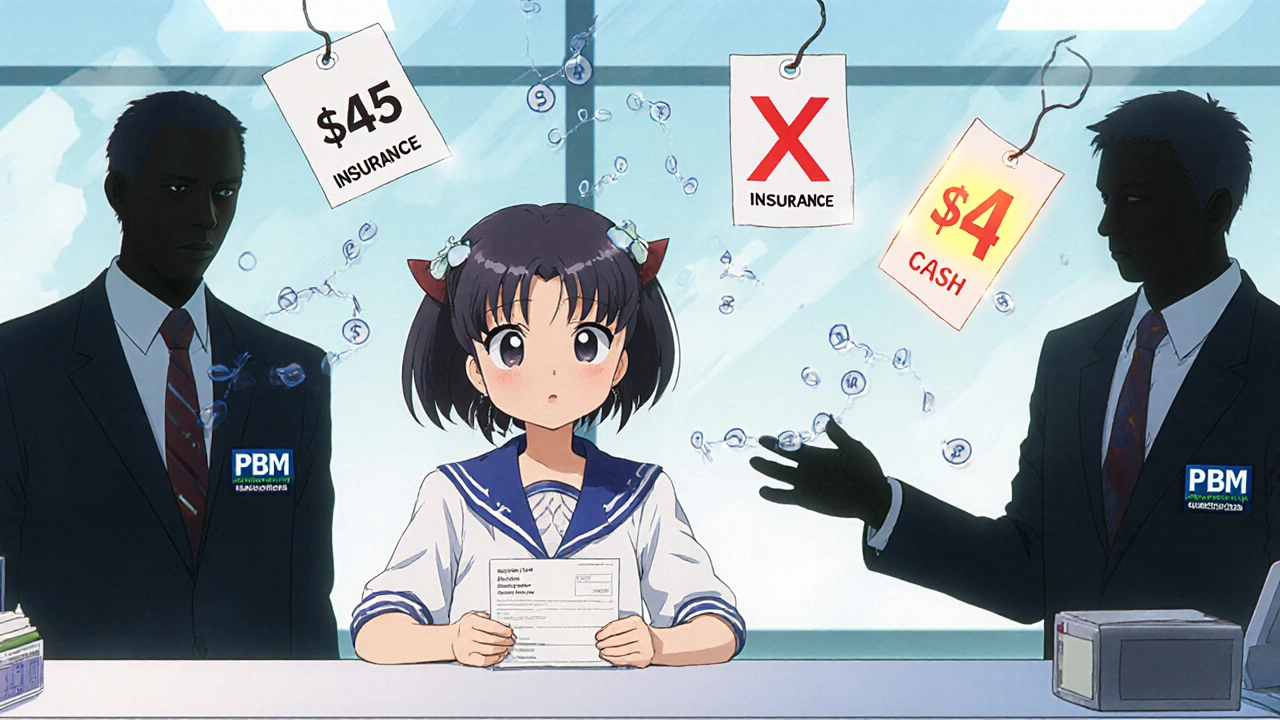



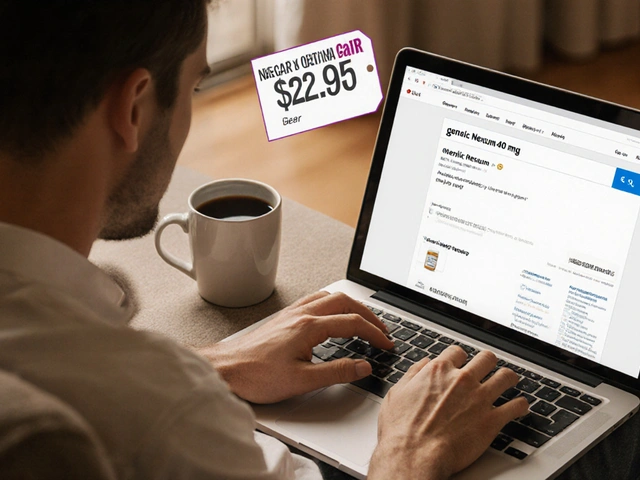
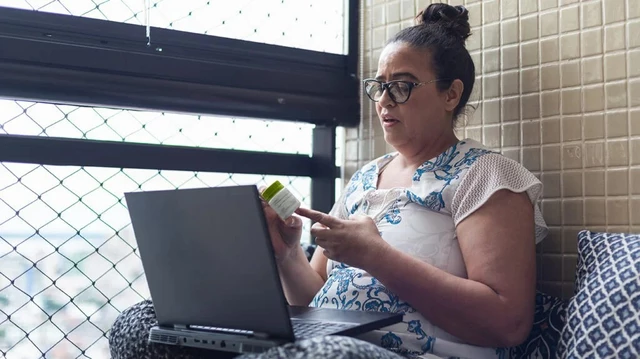
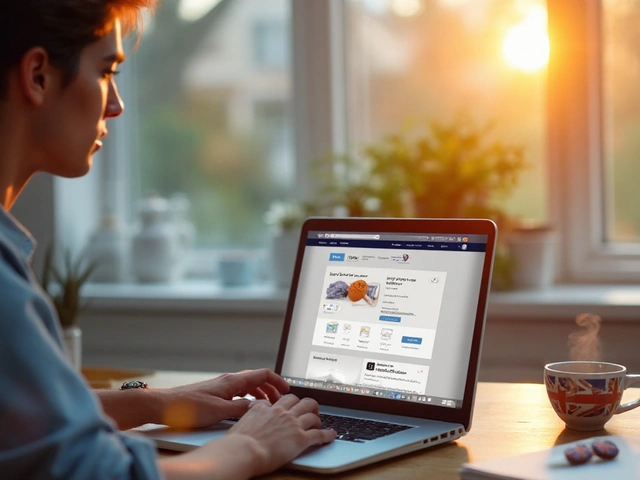

Andrew Forthmuller November 12, 2025
so i paid $48 for my generic blood pressure med last week... then i checked goodrx and it was $3.50 cash. i just stared at my receipt like i’d been robbed. and no, i didn’t know this was a thing. thanks for the eye opener.
vanessa k November 13, 2025
my grandma had to choose between her insulin and her rent last year. she didn’t know she could’ve paid $12 cash instead of $55 through her plan. pharmacists know. they just can’t say. this system is cruel. and it’s not about savings-it’s about extracting every last penny from people who are already broke.
manish kumar November 15, 2025
as someone from india where generics are sold for pennies at local clinics, this whole system feels like a dystopian parody of capitalism. here, a 30-day supply of metformin costs less than a cup of chai. in the u.s., it’s a labyrinth of middlemen, arcane pricing formulas, and profit-driven opacity. the fact that pharmacists are silenced by gag clauses is not just unethical-it’s criminal. and yet, we keep pretending this is healthcare. it’s not. it’s a financial engineering exercise disguised as medicine. we need structural reform, not just app-based workarounds. goodrx helps, sure-but it’s like putting a bandaid on a hemorrhage.
Nicole M November 15, 2025
i had no idea about clawbacks. my local pharmacy was on the verge of closing last year and i thought it was just bad business. turns out they were getting paid less than the cost of the pills. and now i’m paying more for my meds than someone walking in off the street. how is this legal?
Arpita Shukla November 17, 2025
you’re all missing the point. the real issue is that PBMs are not regulated as insurers. they’re third-party administrators with zero fiduciary duty. they’re not required to act in the patient’s interest, only the insurer’s-and even then, only if it benefits their profit margin. the solution isn’t just transparency. it’s breaking up the oligopoly. express scripts, caremark, and optumrx should be broken into smaller entities or nationalized. this isn’t capitalism-it’s corporate feudalism.
Benjamin Stöffler November 18, 2025
And yet… and yet… the system persists. Why? Because the incentives are perfectly aligned: manufacturers inflate list prices → PBMs extract rebates → insurers are happy with the ‘discount’ → patients are blinded by copays → pharmacies are squeezed → and nobody-no one-has a clear, unified incentive to fix it. It’s a perfect storm of perverse incentives, legal loopholes, and moral bankruptcy. And we call it ‘healthcare.’ What a joke.
Mark Rutkowski November 18, 2025
There’s something deeply human about this whole mess. We’ve turned medicine into a game of hide-and-seek with money. The pills are cheap. The science is simple. But the system? It’s a Rube Goldberg machine of greed, built to confuse, distract, and drain. And the saddest part? We’ve all learned to live with it. We check GoodRx. We pay cash. We swallow our anger with our pills. But we don’t scream. We don’t burn it down. Maybe we’re too tired. Maybe we’ve been taught that systems are too big to change. But if we stop treating this like a personal inconvenience and start treating it like the systemic betrayal it is-maybe then we’ll actually move the needle.
Ryan Everhart November 20, 2025
so you're telling me i'm supposed to use an app to avoid being ripped off by my own insurance... and that's the solution? wow. what a country.